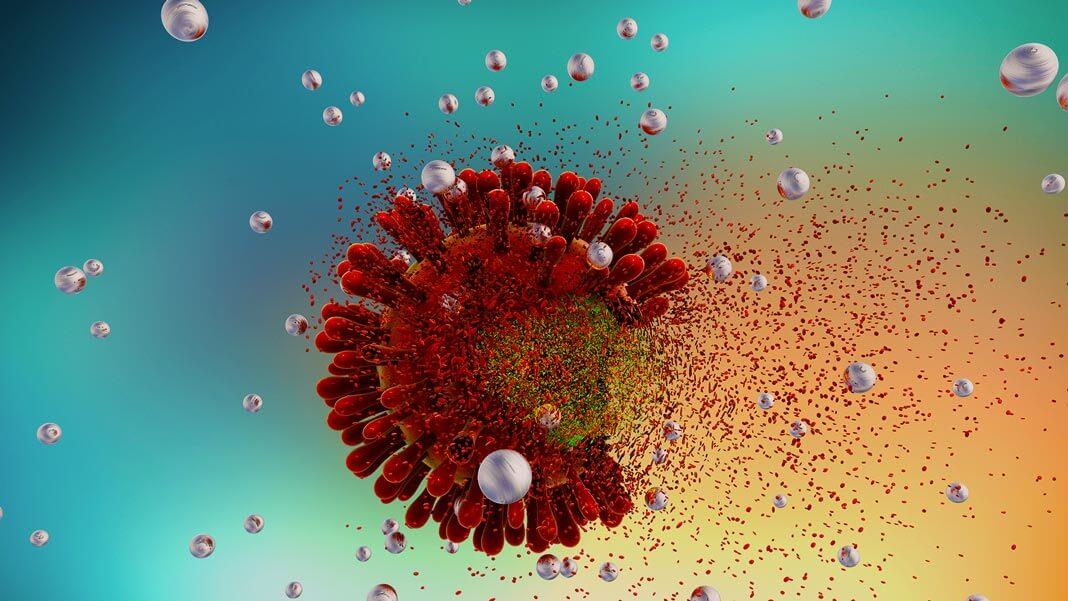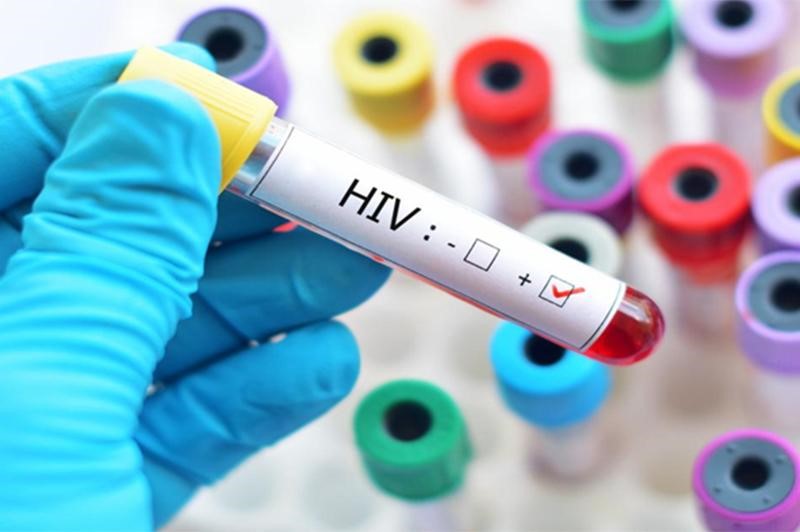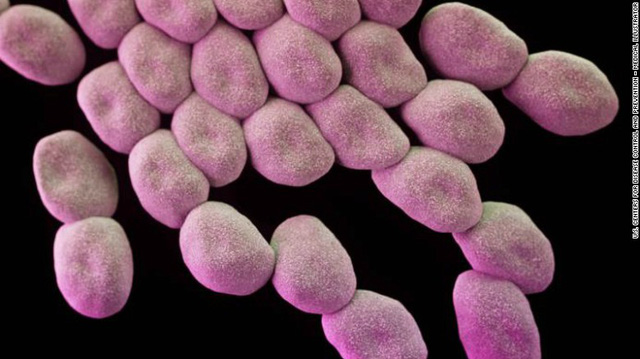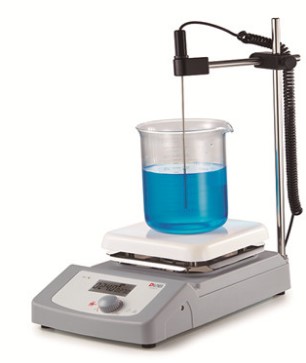Overview of monkey smallpox
Overview of monkey smallpox
-
Bệnh đậu mùa khỉ là gì?
Monkeypox is caused by the smallpox virus. This virus has a similar structure and pathogenicity to chickenpox from the Orthopoxvirus in the Poxviridae family. The endemic region is mainly Central Africa and West Africa. The first human infection was reported in 1970 in Congo.
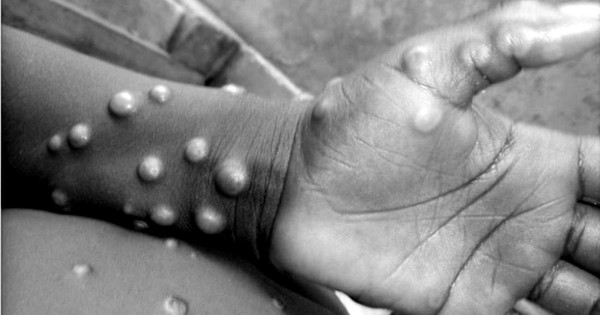
Image from the Centers for Disease Control and Prevention’s Public Health Image Library.
-
Causes and symptoms of monkeypox
The reason for the name monkeypox is that it was first discovered in a herd of monkeys raised for research in 1958. The monkeypox virus was originally discovered when two new outbreaks showed similar symptoms to smallpox in the research center. However, the host of the virus has not been identified, not only monkeys but the organisms like rodents and small squirrels that inhabit the tropical rainforests of Africa are also considered to be the host carrying the virus.
Clinically, monkeypox has similar symptoms to smallpox. Slight differences in patients with monkeypox involve systemic skin lesions, enlarged lymph nodes, and possible secondary infection of the skin, lungs, and bones.
Typical symptoms:
- High fever
- Severe headache
- Muscle and back pain
- Swollen lymph nodes, skin lesions (containing clear or yellow solutions, the number ranges from a few to several thousand nodules)
- Rash usually appears 1-3 days after fever, tends to be concentrated on the palms, foot
- In addition, other lesions may appear in the mouth, eyes, or genitals
Most smallpox lasts 2 to 4 weeks and goes away on its own without treatment. However, in some severe cases, the disease can progress to acute infection and may lead to death.

Image of monkeypox symptoms. Source: Thanh Nien Newspaper
-
Spread of monkeypox
The disease usually only occurs in Africa with low frequency. However, since 2016 monkeypox has begun to appear in Seria, Leone, and Liberia. Cases of monkeypox are on the rise in Africa due to the encroachment on the habitat of wild animals that may carry the virus
The monkeypox virus is transmitted through bodily fluids such as saliva, respiratory, and secretions from an infected body’s wound. Viruses spread from animals to animals, people to people, from animals to people, and vice versa. However, the rate of infection from person to person is very low, infection only happens when there is close contact for a long time. Children account for the highest rate of infection, in Africa, the mortality rate ranges from 4-22%.
-
Diagnosis and treatment for monkeypox
Clinical distinction between monkeypox and normal smallpox can sometimes be difficult. The disease can be diagnostically tested through a variety of methods such as PCR, bacterial culture, immunohistochemistry, or electron microscopy depending on the availability of the test.
People infected wtih monkeypox need:
- Self-isolation
- Use separate personal items, eat and drink separately
- Cover and clean the rash, and nodules, avoid infection
- Wear a mask and keep clean
- Monitor health and follow the doctor’s treatment regimen.
Treatment for monkeypox is only supportive treatment, the doctor may prescribe the patient to use drugs such as:
- Antiviral drug Tecovirimat;
- Antiviral drug cidofovir;
- Brincidofovir
All of these drugs are active against monkeypox virus in the laboratory and in experimental models. However, none of these drugs has been studied or used in humans in endemic regions to treat monkeypox. Current treatment is mainly symptomatic.
Reference source
13/06/2022



